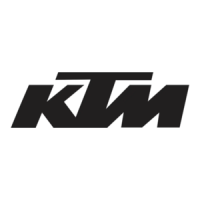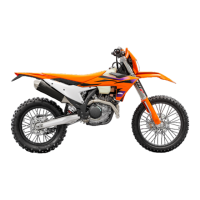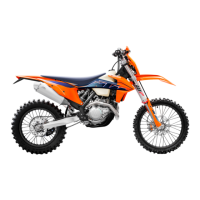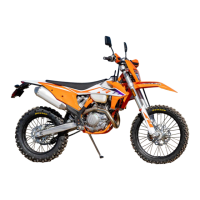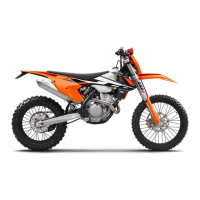What to do if my KTM Motorcycle engine dies during the trip?
- MmirandabrettAug 21, 2025
If your KTM Motorcycle engine dies while you're riding, the first thing to check is the fuel level; you may need to refuel. Also, check fuses 1 and 4, and replace them if they are blown.
